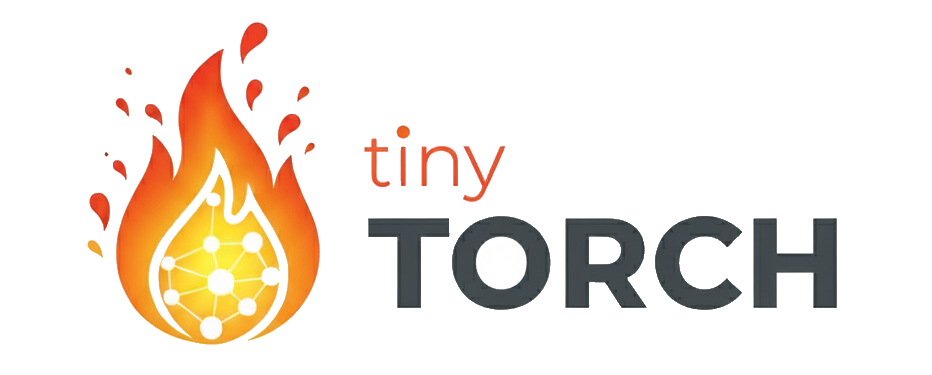17. Quantization#
Reducing Model Size Without Losing Accuracy#
Quantization is a critical technique for deploying ML models in production, especially on edge devices. In this module, you’ll learn how to reduce model size and increase inference speed by converting floating-point weights to lower precision formats.
What You’ll Build#
INT8 Quantization: Convert 32-bit floats to 8-bit integers
Quantization-Aware Training: Train models that quantize well
Dynamic Quantization: Quantize activations at runtime
Static Quantization: Pre-compute quantization parameters
Why This Matters#
Modern ML models are often too large for deployment:
GPT models can be hundreds of gigabytes
Mobile devices have limited memory
Edge computing requires efficient models
Quantization can reduce model size by 75% with minimal accuracy loss
Learning Objectives#
By the end of this module, you will:
Understand the trade-offs between model size and accuracy
Implement INT8 quantization from scratch
Build quantization-aware training pipelines
Measure the impact on model performance
Prerequisites#
Before starting this module, you should have completed:
Module 02: Tensor (for basic operations)
Module 04: Layers (for model structure)
Module 08: Training (for fine-tuning quantized models)
Real-World Applications#
Quantization is used everywhere in production ML:
Mobile Apps: TensorFlow Lite uses INT8 for on-device inference
Edge Devices: Raspberry Pi and Arduino deployment
Cloud Inference: Reducing serving costs at scale
Neural Processors: Apple Neural Engine, Google Edge TPU
Coming Up Next#
After mastering quantization, you’ll explore:
Module 18: Compression - Further model size reduction techniques
Module 19: Caching - Optimizing inference latency
Module 20: Benchmarking - Measuring the impact of optimizations
This module is currently under development. The implementation will cover practical quantization techniques used in production ML systems.
